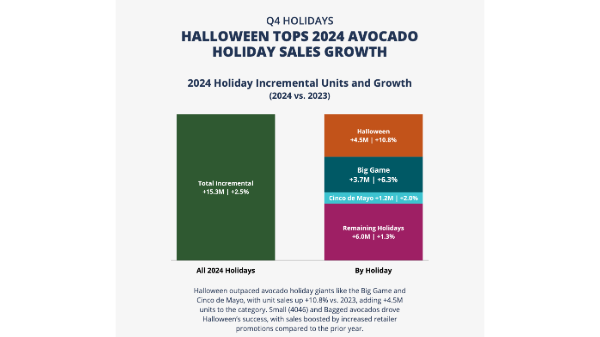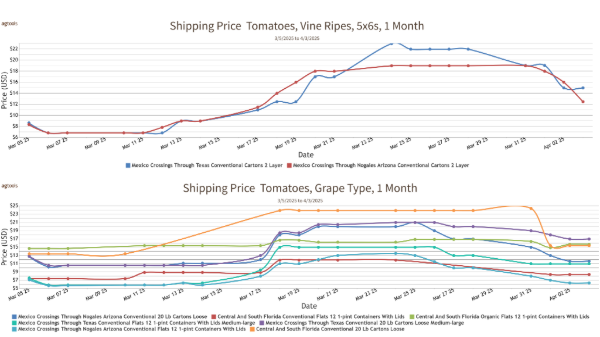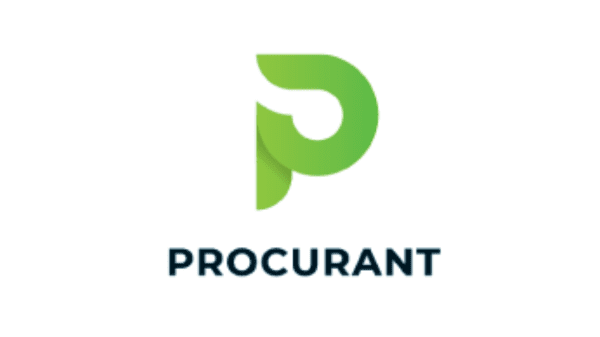Welcome to Blue Book!
Are you ready to join the thousands of companies who rely on Blue Book to drive smarter decisions? View our plans and get started today!
Still have questions? We’d love to show you what Blue Book can do for you. Drop us a line– we’ve been waiting for you.
In contrast, there are less than 100 banks in Canada with over 6,000 branches covering 2,100 towns according to the Canadian Bankers Association (CBA). These numbers have changed little in recent years.
Assets of the top five Canadian banks were Royal Bank of Canada ($824 billion), Toronto-Dominion ($806 billion), Bank of Nova Scotia ($670 billion), Bank of Montreal ($542 billion), and Canadian Imperial Bank of Commerce ($401 billion). Like the United States, Canadian banks are a significant employer; CBA reported bank workforces totaling 274,120 people in 2011, with industry employment increasing 14.4 percent over the past 10 years.
With a smaller number of banking institutions, there is more consistency across Canada’s services and prices. “But competition is what drives innovation, and keeps prices down,” notes Nunzio Trocchia, controller at Canadawide Fruit Wholesalers, Inc. in Montreal, QC. At Canadian banks, he says, “the service is good, but we really have nothing to compare it to.”
This is echoed by another executive at a Canadian produce company who asked not to be identified. “The advantage is, we know these banks, we know their position. They are very stable, so you can deal with any one of them and know you’re going to have the same regulations and processes across all banks. On the other hand, it limits the amount of competition, so as a customer I can’t really shop around.”
Regulatory Landscape
Canada’s banks are regulated under its Bank Act, which designates three types of institutions authorized to accept deposits and operate in the country. Schedule I banks, the most secure, include the largest domestic, full-service, chartered banks such as Royal Bank of Canada, Toronto Dominion Bank, Scotiabank, Bank of Montreal, and Canadian Imperial Bank of Commerce.
Schedule II banks are foreign-owned but still regarded as highly secure, such as AMEX Bank of Canada, Citibank Canada, HSBC Bank Canada, ING Bank of Canada, and Walmart Canada. A final designation, Schedule III, are also subsidiaries of foreign institutions but subject to more scrutiny and restriction: Bank of America, Capital One, Credit Suisse, and Deutsche Bank AG.
Bank regulation in Canada has been praised for its effective simplicity compared to the United States. One indication is the number of bank failures: there were 414 bank failures in the United States since 2008 according to the FDIC, while no Canadian banks have failed since 1996, according to the Canada Deposit Insurance Corporation.
Compared to Canada, bank regulation in the United States is much more fragmented with both federal and state oversight and different regulations depending on a bank’s charter and organizational structure. There are also separate regulatory agencies for securities, commodities, and insurance at the state and federal level separate from the bank regulatory agencies.








